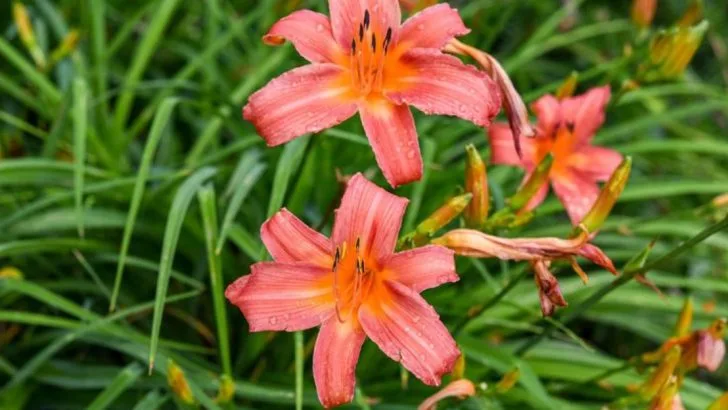Not every plant wants your constant attention. In fact, some of the best summer growers thrive when left almost completely alone. If you’ve ever forgotten to water, skipped a feeding, or just got busy with life—good news: these plants don’t mind one bit.
While many garden favorites wilt under summer heat or get fussy without daily care, there’s a whole group of underappreciated superstars that actually perform better with minimal effort. They thrive in dry soil, bounce back from neglect, and bloom happily without constant pruning or pampering.
Whether you’re heading out on vacation, have a hectic schedule, or simply want a garden that looks good without becoming your full-time job, these 17 low-fuss summer plants are your new best friends. From resilient bloomers to hardy herbs and striking foliage, they bring beauty without the babysitting.
Here’s your shortcut to a thriving, stress-free summer garden—with plants that prefer you not to hover.
Lavender
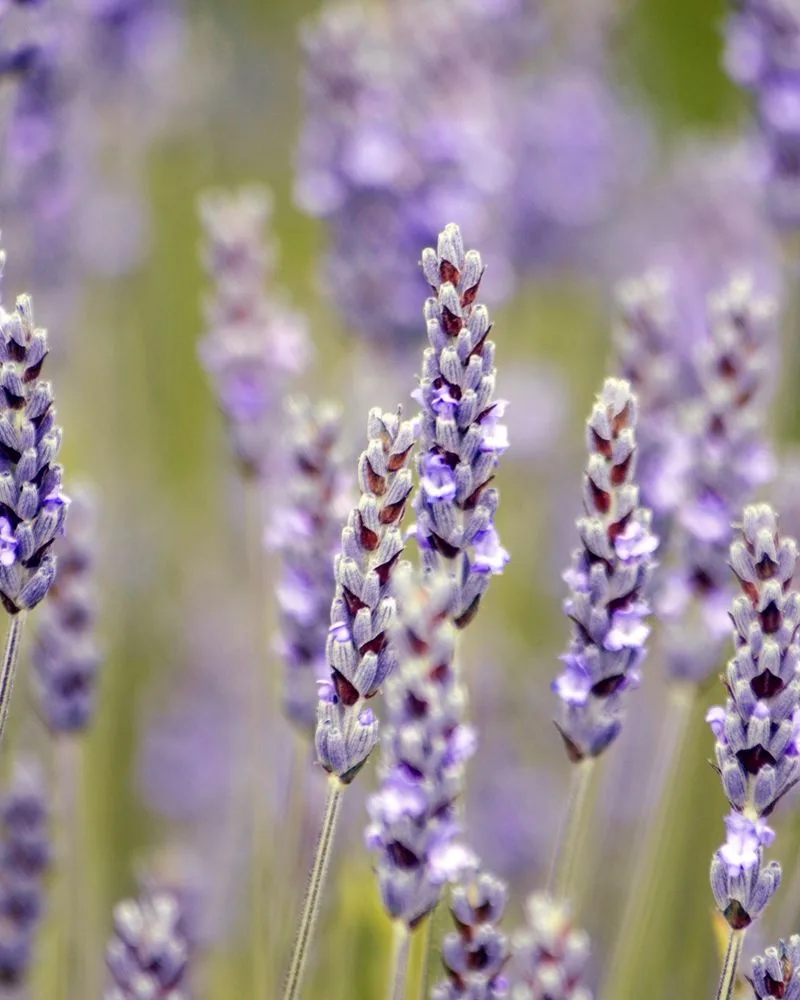
Lavender doesn’t mind a little neglect. This fragrant plant thrives in poor soil and prefers not to be over-watered. Just plant it in a sunny spot and let it do its thing. Its aromatic presence can transform any garden into a sensory delight. Lavender is a favorite for its soothing scent and ability to attract pollinators like bees and butterflies. It’s a plant that minds its own business, adding beauty without demanding attention. Did you know? Lavender has been used in traditional medicine for centuries for its calming effects.
Succulents
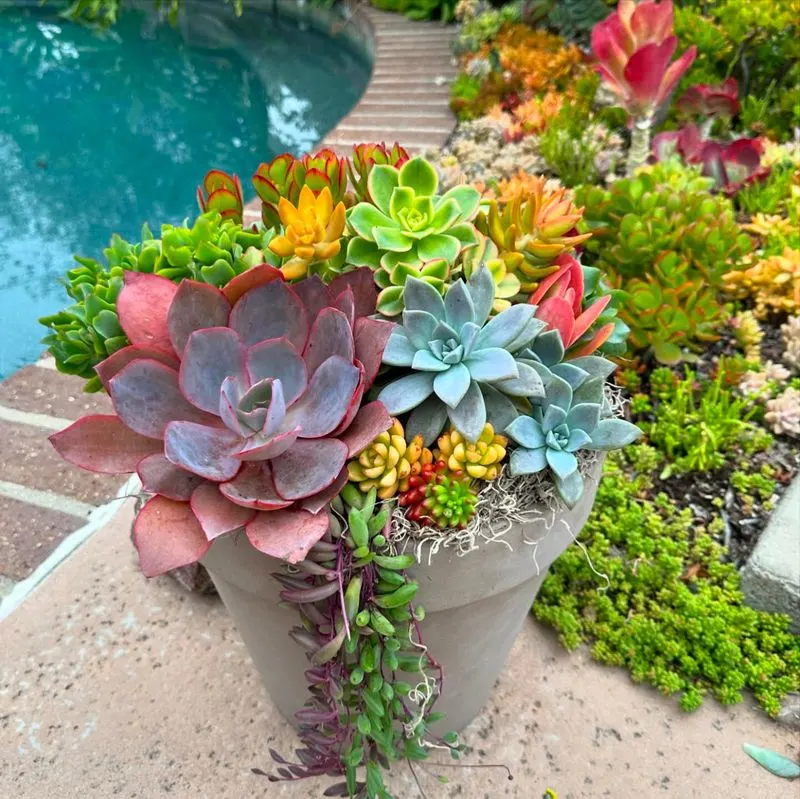
Succulents are the epitome of low-maintenance beauty. With their water-retaining leaves, they thrive in dry conditions and require minimal watering. They come in various shapes and colors, adding a touch of exotic charm to any space. Whether indoors or outdoors, succulents are resilient survivors. They are perfect for busy gardeners or those who tend to forget their plants. Fun fact: Succulents have adapted to survive in some of the harshest environments on Earth, making them perfect for forgetful plant owners.
Coneflower
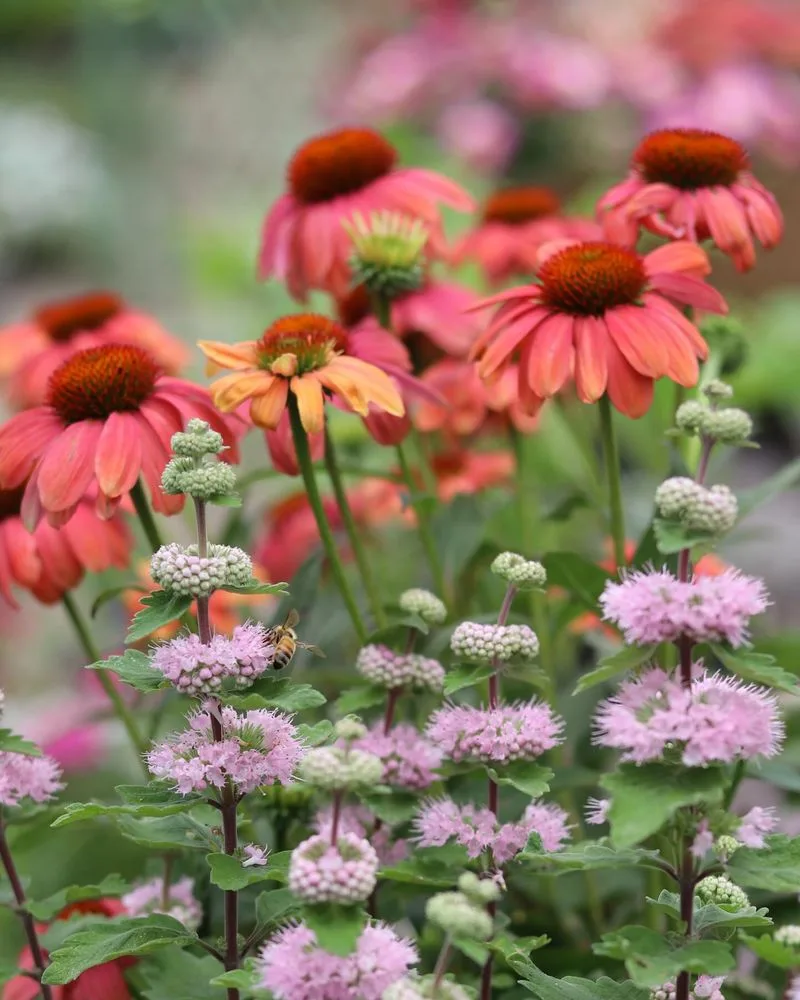
Coneflowers are tough, vibrant, and unbothered by neglect. These hardy perennials bloom all summer long and are drought-tolerant. The coneflower’s bold, daisy-like petals attract butterflies and hummingbirds, adding life and movement to your garden. They are forgiving plants that thrive in poor soil and full sun. Coneflowers can withstand heat and periods of drought, making them an ideal choice for low-maintenance gardening. A quirky detail: Coneflowers are also known for their medicinal properties and have been used in herbal remedies.
Aloe Vera
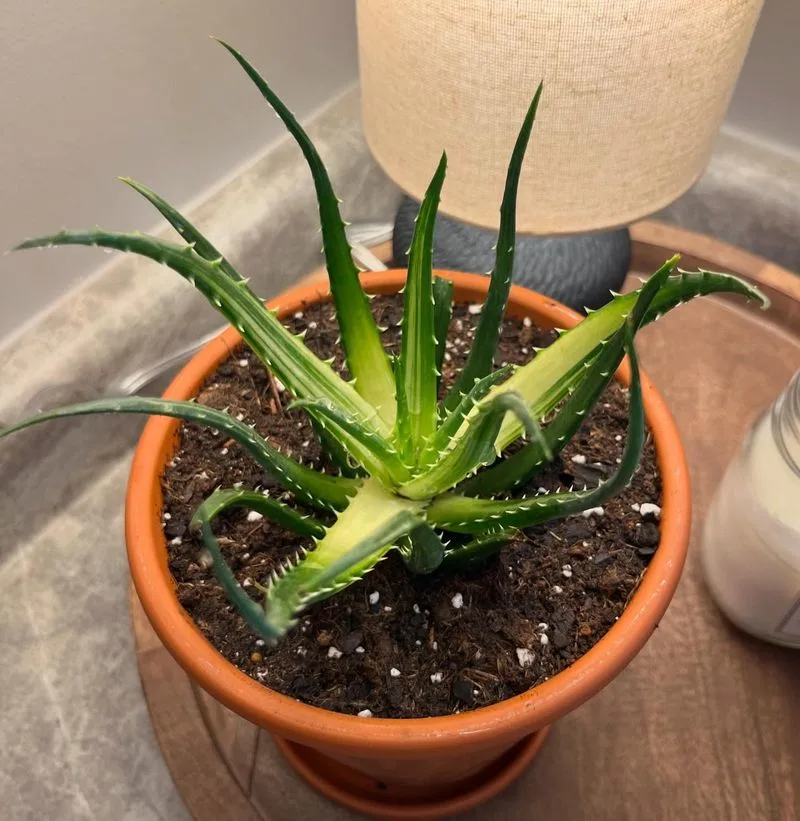
Aloe Vera is as practical as it is beautiful. Known for its soothing gel, it demands little attention. This succulent is perfect for sunny spots and can survive on infrequent watering. Aloe Vera’s sculptural leaves bring a modern touch to indoor and outdoor settings alike. It’s a plant that thrives on neglect, rewarding you with lush, green foliage. Did you know? Aloe Vera has been used for its medicinal properties for thousands of years, dating back to ancient Egypt.
Daylilies
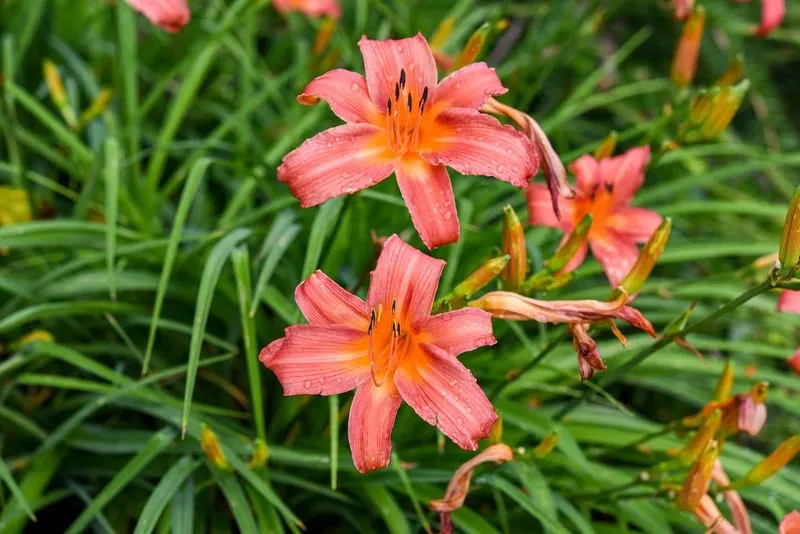
Daylilies are the definition of resilience. With a name reflecting their fleeting blooms, these plants are surprisingly tough. They grow in nearly any soil and can handle drought, heat, and even some shade. Each flower lasts just a day, but new blooms continuously appear, adding a burst of color. Perfect for gardeners who want beauty without the hassle. An interesting tidbit: Despite their delicate appearance, daylilies are edible and are used in some culinary dishes.
Russian Sage
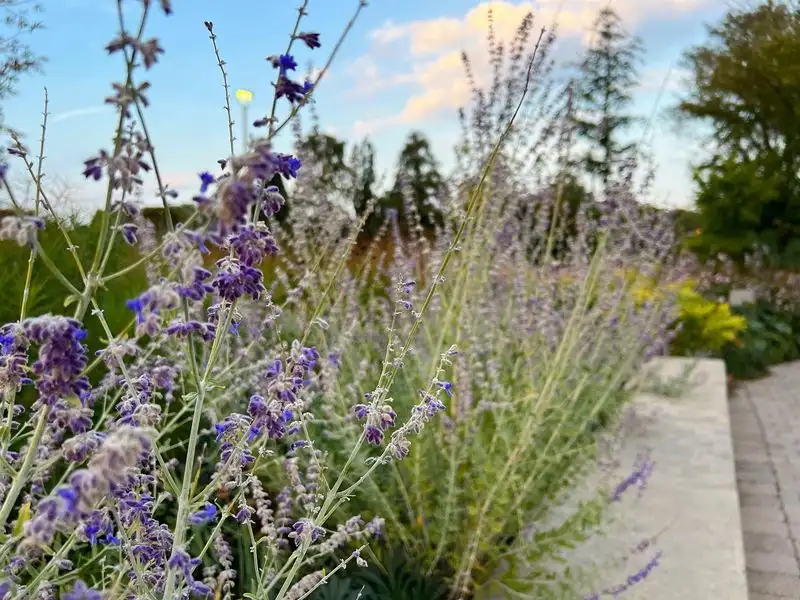
Russian Sage stands tall with its silvery foliage and lavender-blue flowers. This plant loves sunny, dry conditions and poor soil, making it perfect for those who forget to water. Its airy structure adds elegance to any garden space. Russian Sage is an excellent plant for attracting bees and other pollinators. It’s a carefree bloomer that adds height and texture. Fun fact: Despite its name, Russian Sage is not a true sage, but it shares the same family.
Yarrow
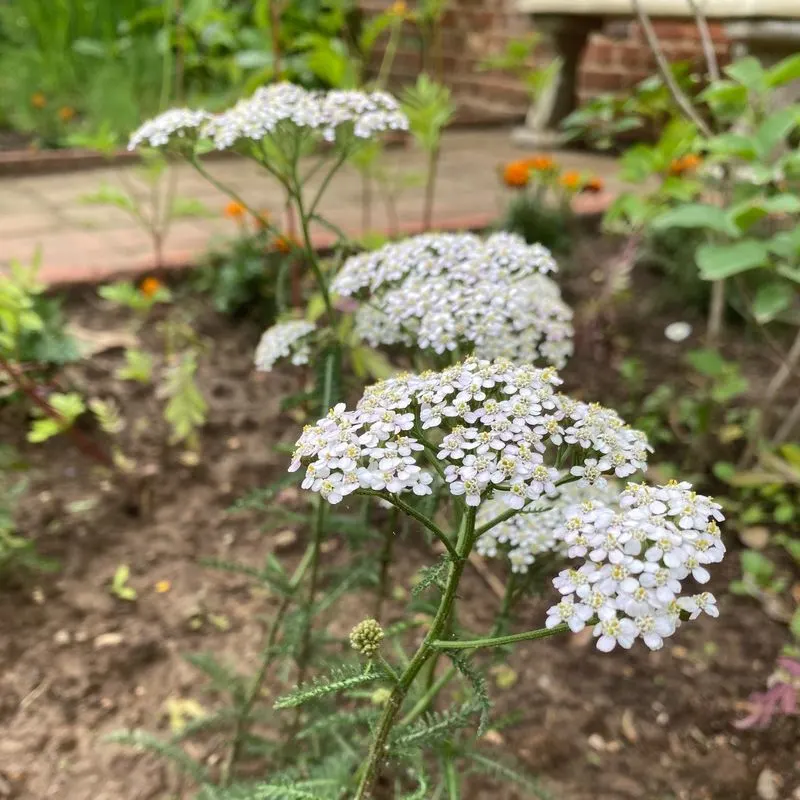
Yarrow is a reliable, hardy perennial that thrives on neglect. Ideal for hot, dry climates, it produces clusters of tiny flowers that attract beneficial insects. Yarrow is drought-resistant and flourishes in poor soil, making it a go-to for low-maintenance gardens. Its feathery foliage and vibrant blooms provide a rich texture. Interesting to note: Yarrow has been used historically in traditional medicine for its healing properties, particularly in wound care.
Hostas
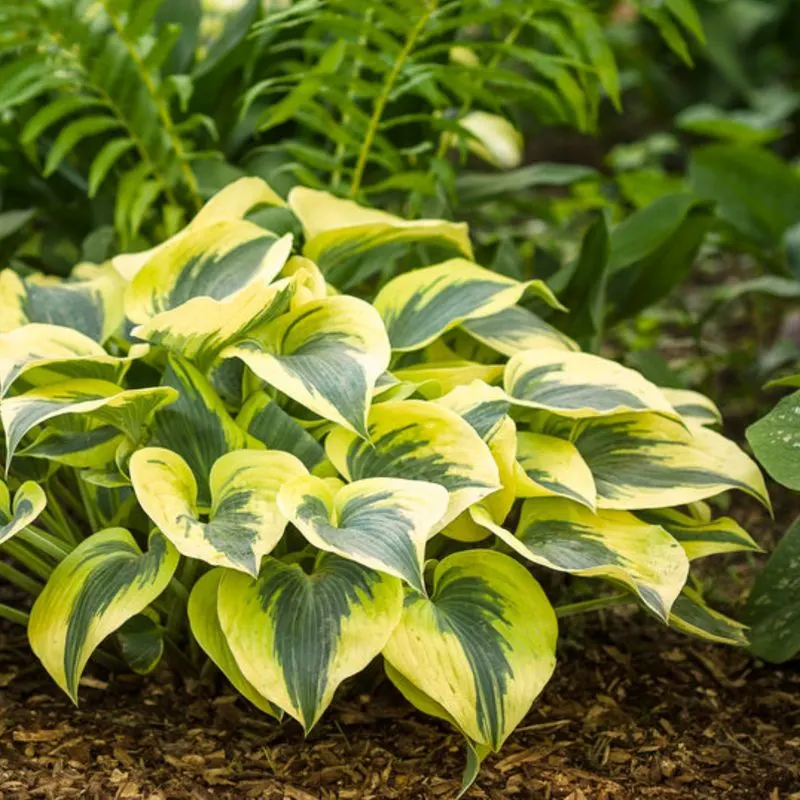
Hostas are a gardener’s dream for shaded areas. Their large, variegated leaves create a lush groundcover without much fuss. Hostas are incredibly low-maintenance, thriving in shade and tolerant of drought. These perennials are versatile and add a touch of tranquility to any garden. They require very little attention, making them ideal for those who want a beautiful garden without constant care. A quirky fact: Hostas are sometimes called “plantain lilies,” though they’re unrelated to the banana-like fruit.
Sedum

Sedum, also known as stonecrop, is a sun-loving succulent that thrives on neglect. Its fleshy leaves store water, making it drought-resistant. Sedum’s star-shaped flowers bloom in late summer, attracting bees and butterflies. It’s perfect for rock gardens or borders, adding texture with its unique foliage. Sedum’s ability to thrive in poor soil and full sun makes it a favorite among gardeners with busy schedules. A little-known fact: Sedum is often used in green roof installations due to its resilience and low maintenance needs.
Zinnias
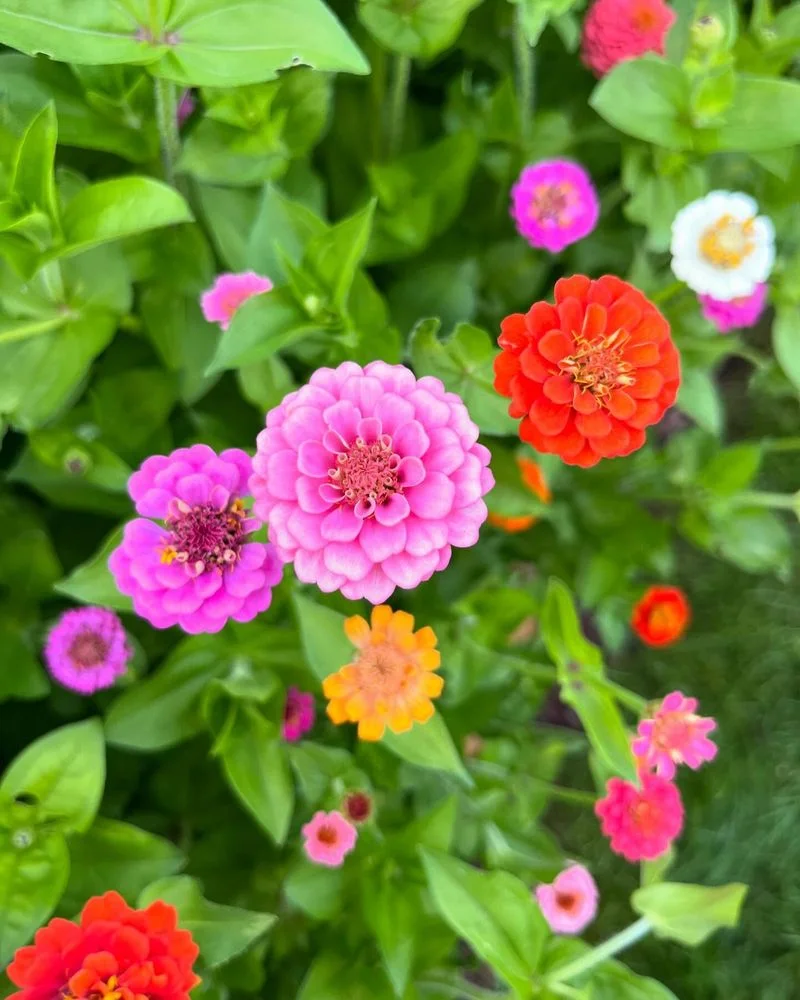
Zinnias are the life of the party in any garden, with their colorful blooms and carefree nature. They thrive in hot weather and poor soil, making them perfect for the lazy gardener. Zinnias bloom all summer, providing continuous color and attracting butterflies. These annuals are easy to grow from seed and require minimal watering. Fun fact: Zinnias were one of the first flowers grown in space, showcasing their hardiness and adaptability.
Lantana
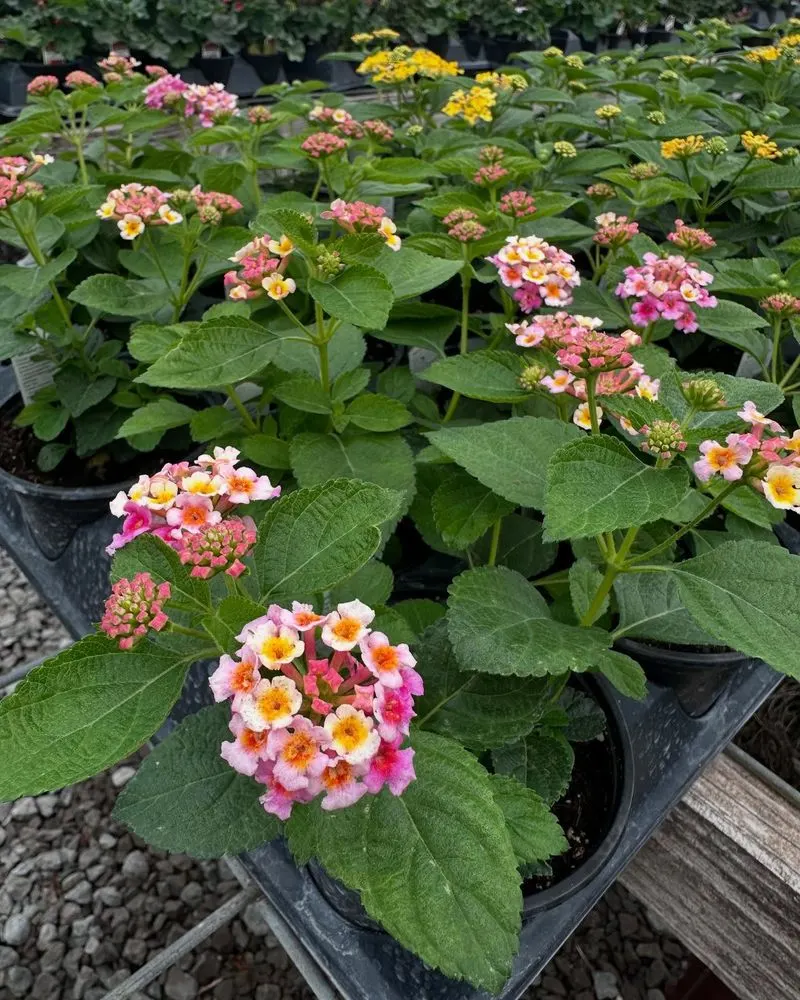
Lantana is a sun-loving plant that brings a tropical feel to any garden. With its vibrant, multi-colored blooms, it thrives in heat and poor soil. Lantana’s resilience makes it perfect for hands-off gardening. It’s a butterfly magnet, adding lively movement to your outdoor space. The plant’s ability to withstand neglect makes it a popular choice for busy gardeners. Fun fact: In some regions, lantana is considered invasive due to its aggressive growth, so it’s always good to keep an eye on its spread.
Gaillardia
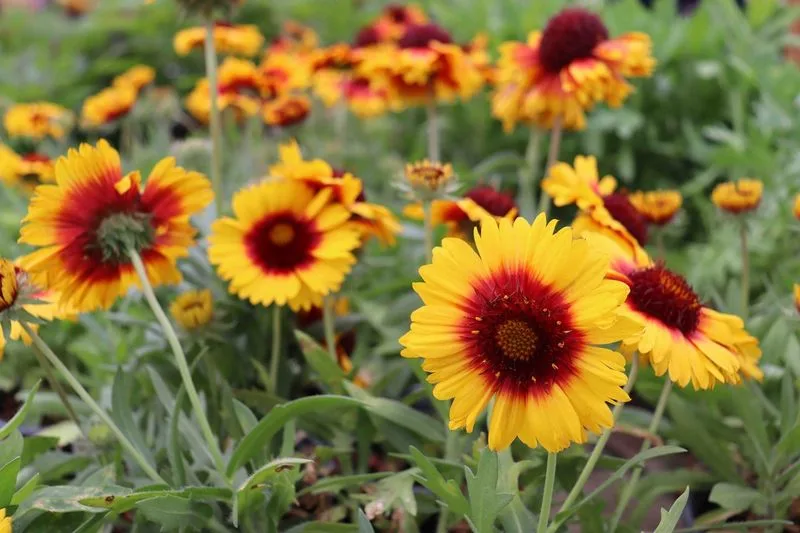
Gaillardia, or blanket flower, thrives in tough conditions. Its vibrant, daisy-like blooms are perfect for adding color to dry, sunny spots. It requires minimal watering and flourishes in poor soil. These perennials attract pollinators and are highly drought-resistant. Gaillardia is ideal for gardeners seeking beauty without effort. A fun tidbit: Gaillardia is named after an 18th-century French magistrate who was a patron of botany.
Bougainvillea
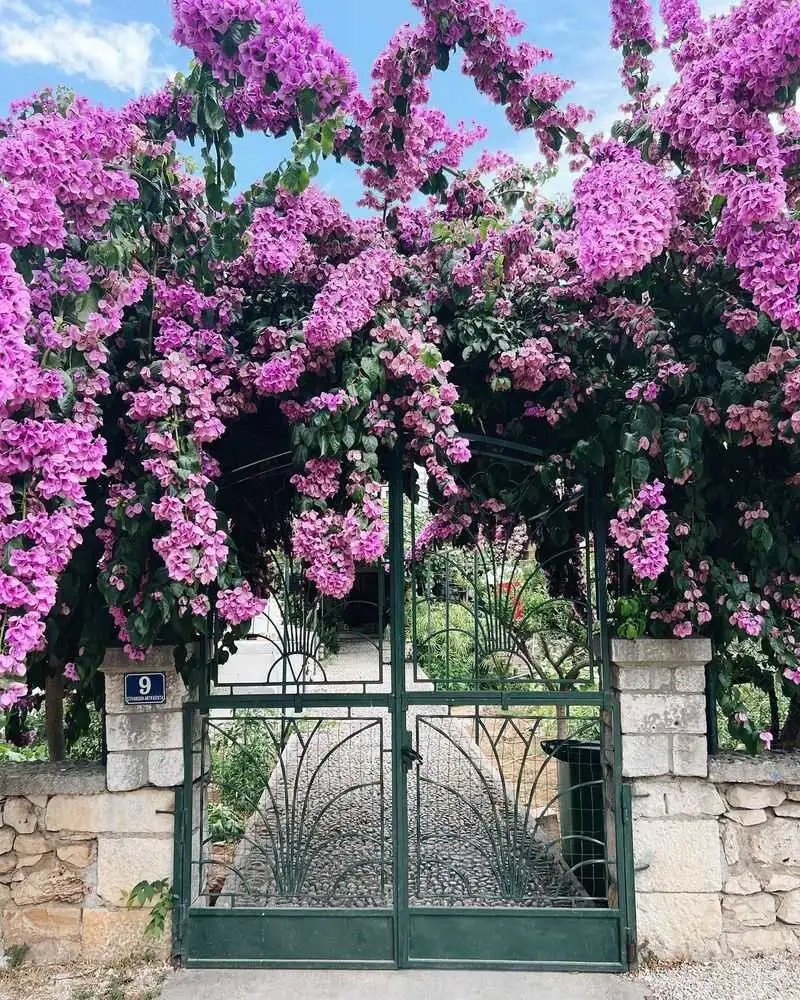
Bougainvillea is a vibrant addition to any landscape, known for its striking colors and hardy nature. It flourishes in poor soil and requires little water once established. This climber is ideal for those who love a splash of color with minimal effort. Bougainvillea’s resilience makes it a favorite in challenging climates. An interesting nugget: Bougainvillea is named after a French admiral who led an expedition around the world in the 18th century.
Coreopsis
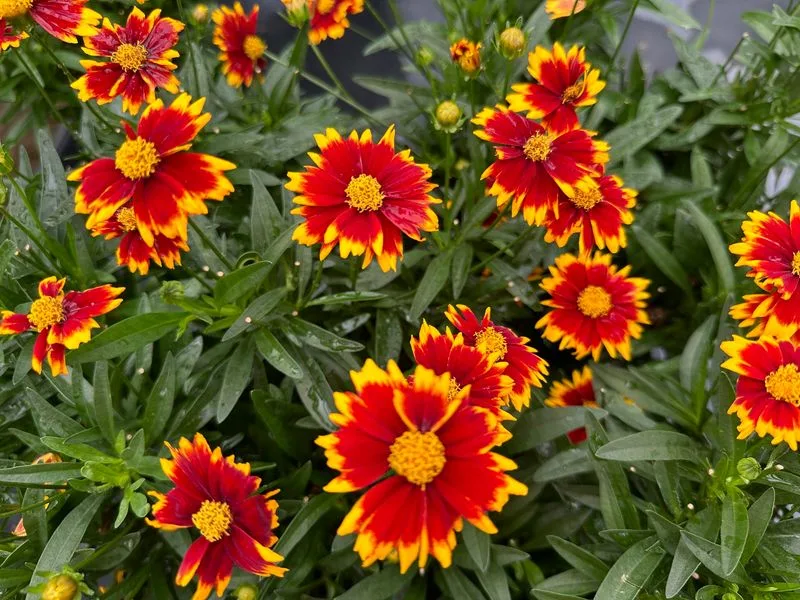
Coreopsis, with its sunny yellow flowers, is a cheerful addition to any garden. It thrives on neglect, needing little water and poor soil. These perennials bloom profusely, attracting butterflies and brightening up spaces. Coreopsis is an excellent choice for those who want a splash of color with minimal upkeep. A quirky tidbit: Coreopsis is the state wildflower of Florida, symbolizing its resilience and sunny disposition.
Catmint
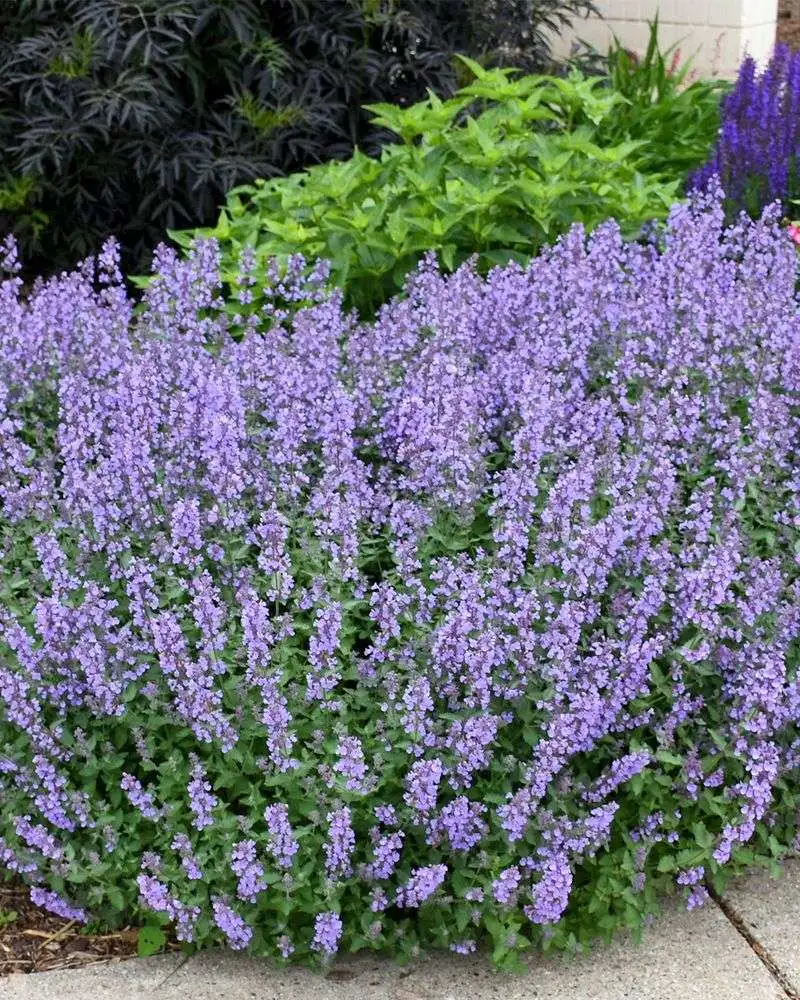
Catmint is not just for cats; it’s a hardy perennial that thrives with minimal care. Its aromatic foliage and lavender-blue flowers attract pollinators, adding movement to the garden. Catmint is drought-tolerant and flourishes in poor soil, making it perfect for low-maintenance gardening. An interesting detail: Catmint has been used in traditional medicine and is related to the popular catnip plant, known for its effect on cats.
Goldenrod

Goldenrod is often misunderstood as a cause of allergies, but it’s actually an essential pollinator plant. Thriving on neglect, it flourishes in poor soil and requires little water. Its bright yellow blooms add a touch of sunshine to late summer gardens. Goldenrod’s resilience and ability to attract beneficial insects make it a gardener’s ally. A fun fact: Goldenrod has been used historically as a dye and in herbal medicine.

